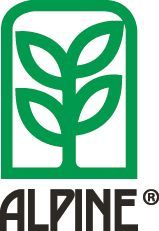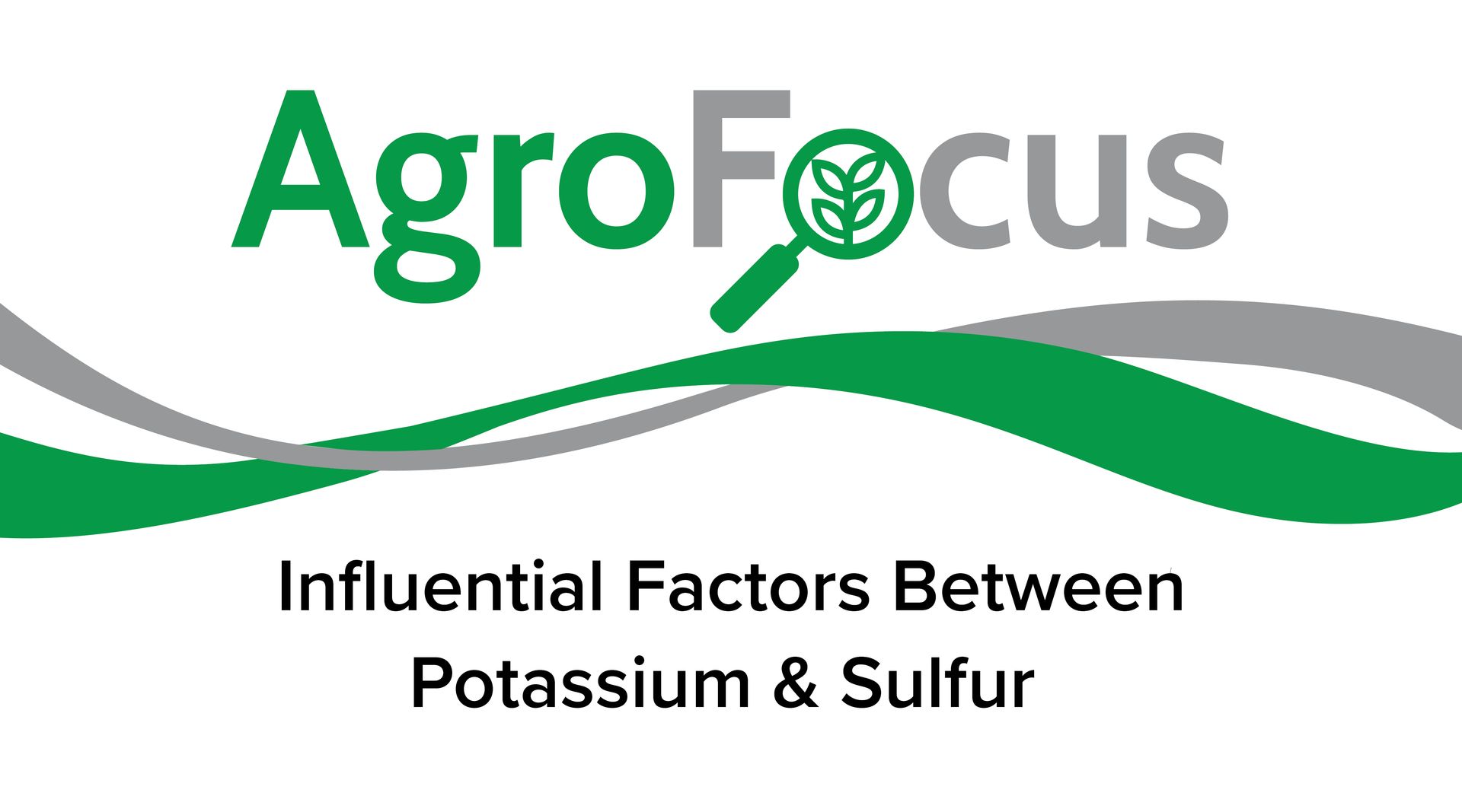Farmers to the Rescue
Hurricanes and other natural disasters are part of life. There are not many areas in the US immune from these sort of things. Hurricane Harvey is the first time our family has been close to such an event. Our oldest daughter and her family of four (with a fifth a member on the way) live in the Houston area. With strong encouragement from her Dad, they evacuated to eastern Louisiana Friday. They left behind a home and fear of the unknown to come. As of this writing, it seems their community will be spared the flooding and misery hundreds of thousands of South Texas families are experiencing. They have been told not to be in any hurry to come back as most roads leading to their community are under water. The recovery, damage, and economic loss will be staggering. It will take months if not years for this densely populated area to make a full recovery. I read an article this morning that put this in perspective. Consider the state of Rhode Island. Harris County, TX is approximately the same size. Adding the surrounding suburbs makes it half again as big. Double the population of Manhattan Island and you have a real idea of the amount of people and geography that are affected with this disaster. Among the often forgotten and overlooked are rural farm families and their workers. Leave it to these folks to take care of each other in times of need. All across eastern Texas and south Louisiana over the past week, as the storm approached, neighbors collected together and with massive numbers of equipment and people began harvesting each other’s crop ahead of the impending storm. Thousands of acres were harvested in record time. This happens all across the country when special needs arise from an unexpected farm family death to a natural disaster. Now, many of these same people have loaded their trucks, filled up fuel tanks, hitched to their boat, filled coolers with water, food, and other necessary supplies and are headed into the affected areas to lend a hand and help rescue people and herds. This storm will soon fade away and TV crews from NYC will head back north. The ag community, along with many other selfless volunteers, will remain to give aid and support as the cleanup and rebuilding begins. This will happen with little to no fanfare or attention. We don’t get fed much good news anymore and this natural disaster is really bad. What will shine and be seen by many are the thousands of farm families and others, helping in any way possible those who have lost most everything. At the end of the day, most Americans are benevolent, helpful, willing to sacrifice and share the love of their fellow man in need. It’s sad that it takes a disaster to spark and remind us that regardless of race, religion, politics, economic standing, or education we are all God’s people who can count on each other to be there when others are in need. NACHURS salutes the first responders, selfless volunteers, and especially the farming community who can be counted on to be there for us and others when we truly need them.

Hurricanes and other natural disasters are part of life. There are not many areas in the US immune from these sort of things. Hurricane Harvey is the first time our family has been close to such an event. Our oldest daughter and her family of four (with a fifth a member on the way) live in the Houston area. With strong encouragement from her Dad, they evacuated to eastern Louisiana Friday.
They left behind a home and fear of the unknown to come. As of this writing, it seems their community will be spared the flooding and misery hundreds of thousands of South Texas families are experiencing. They have been told not to be in any hurry to come back as most roads leading to their community are under water. The recovery, damage, and economic loss will be staggering. It will take months if not years for this densely populated area to make a full recovery. I read an article this morning that put this in perspective. Consider the state of Rhode Island. Harris County, TX is approximately the same size. Adding the surrounding suburbs makes it half again as big. Double the population of Manhattan Island and you have a real idea of the amount of people and geography that are affected with this disaster.
Among the often forgotten and overlooked are rural farm families and their workers. Leave it to these folks to take care of each other in times of need. All across eastern Texas and south Louisiana over the past week, as the storm approached, neighbors collected together and with massive numbers of equipment and people began harvesting each other’s crop ahead of the impending storm. Thousands of acres were harvested in record time. This happens all across the country when special needs arise from an unexpected farm family death to a natural disaster.
Now, many of these same people have loaded their trucks, filled up fuel tanks, hitched to their boat, filled coolers with water, food, and other necessary supplies and are headed into the affected areas to lend a hand and help rescue people and herds.
This storm will soon fade away and TV crews from NYC will head back north. The ag community, along with many other selfless volunteers, will remain to give aid and support as the cleanup and rebuilding begins. This will happen with little to no fanfare or attention.
We don’t get fed much good news anymore and this natural disaster is really bad. What will shine and be seen by many are the thousands of farm families and others, helping in any way possible those who have lost most everything. At the end of the day, most Americans are benevolent, helpful, willing to sacrifice and share the love of their fellow man in need. It’s sad that it takes a disaster to spark and remind us that regardless of race, religion, politics, economic standing, or education we are all God’s people who can count on each other to be there when others are in need. NACHURS salutes the first responders, selfless volunteers, and especially the farming community who can be counted on to be there for us and others when we truly need them.










